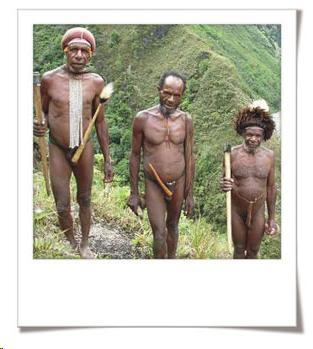Table of Contents
- Perspectives on Human Sexuality Chapter 1
- Main Topics
- Studying Human Sexuality
- Studying Human Sexuality
- Sexuality, Popular Culture and the Media
- Media Use Over Time
- Sexuality, Popular Culture and the Media
- Sexuality, Popular Culture and the Media
- Sexuality, Popular Culture and the Media
- Sexuality, Popular Culture and the Media
- Sexuality, Popular Culture and the Media
- Sexuality Across Cultures and Times
- Sexuality Across Cultures and Times
- Sexuality Across Cultures and Times
- Sexuality Across Cultures and Times
- Sexuality Across Cultures and Times
- Societal Norms and Sexuality
- Sexual Behavior and Variations
- Sexual Behavior and Variations
- Final Thoughts
Text and Images from Slide
Sexuality Across Cultures and Times
- Culture molds and shapes sexual interests
- Affects level of desire expressed
- Humans give diverse shapes and meanings to sexuality
- Mangaia of Polynesia
- High levels of sexual desire<br />
- The New Guinean Dani
- Little interest in sexuality
12

